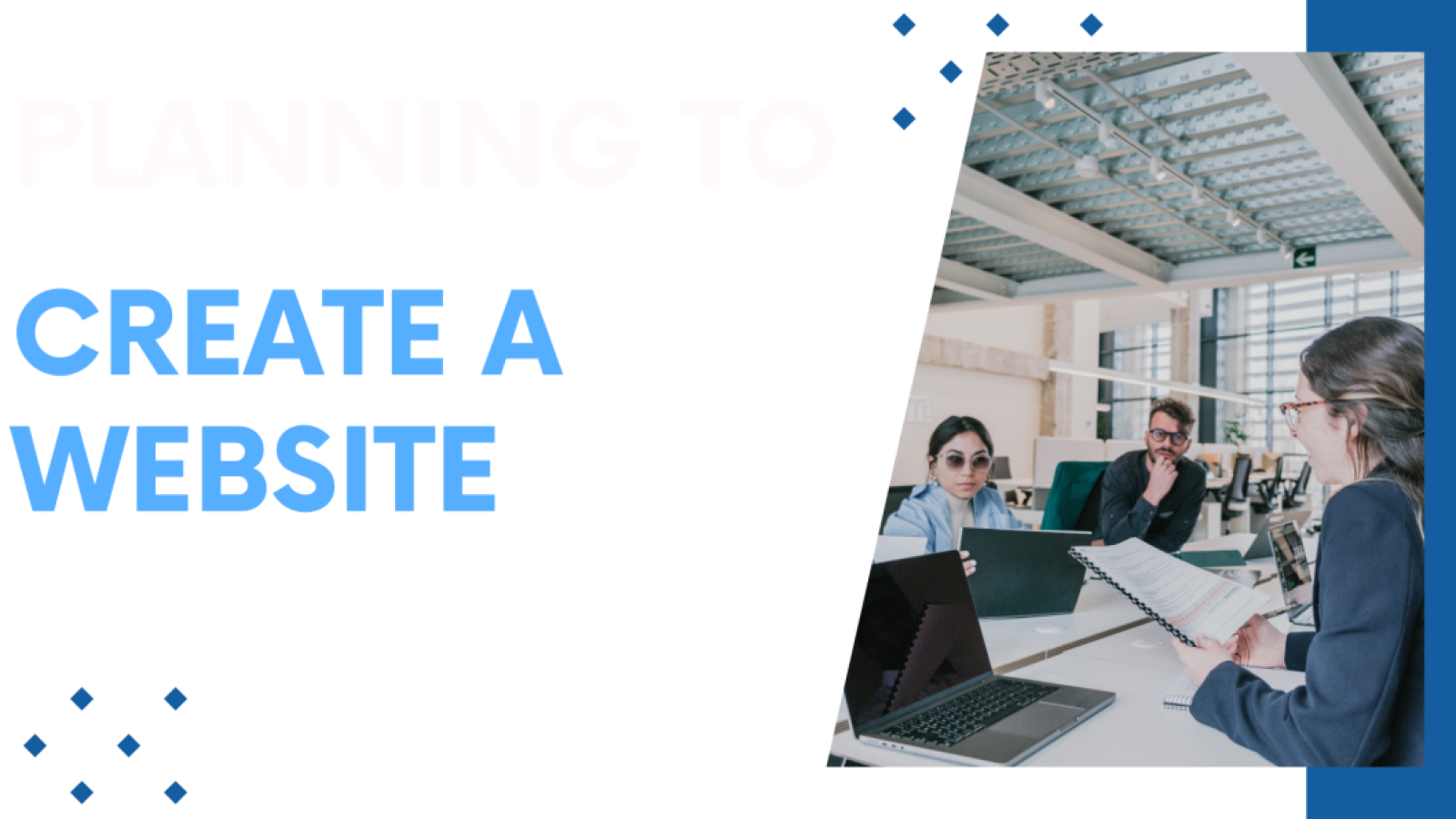- Define Your Purpose and Goals:
- Clearly define the purpose of your website. What do you want to achieve? Whether it’s to showcase your portfolio, sell products, share information, or something else, understanding your goals is crucial.
- Choose a Domain Name:
- Select a domain name that reflects your brand or the purpose of your website. Keep it simple, memorable, and easy to spell.
- Select a Reliable Web Hosting Provider:
- Choose a reputable web hosting provider that suits your needs. Consider factors such as server reliability, support, and scalability.
- Choose a Content Management System (CMS):
- Select a CMS that aligns with your technical skills and website requirements. Popular choices include WordPress, Joomla, and Drupal.
- Design Your Website:
- Plan the layout and design of your website. Consider the user experience, mobile responsiveness, and visual appeal. You can hire a designer or use pre-designed templates based on your CMS.
- Develop Your Content:
- Create high-quality content for your website, including text, images, and multimedia. Ensure that your content aligns with your brand and resonates with your target audience.
- Integrate Necessary Features:
- Depending on your goals, integrate features such as contact forms, e-commerce functionality, social media integration, etc. Use plugins or extensions provided by your CMS.
- Optimize for SEO:
- Optimize your website for search engines (SEO). Use relevant keywords, create meta tags, and ensure your content is easily discoverable by search engines.
- Set Up Analytics:
- Implement web analytics tools (e.g., Google Analytics) to track your website’s performance. Monitor visitor behavior, analyze traffic, and make data-driven improvements.
- Test Your Website:
- Thoroughly test your website across different browsers and devices to ensure a consistent and error-free experience for users.
- Launch Your Website:
- Once everything is set up and tested, launch your website. Make any necessary announcements or promotions to generate initial traffic.
- Regularly Update and Maintain:
- Keep your website updated with fresh content. Regularly check for software updates, security issues, and make improvements based on user feedback.


Leave a Comment